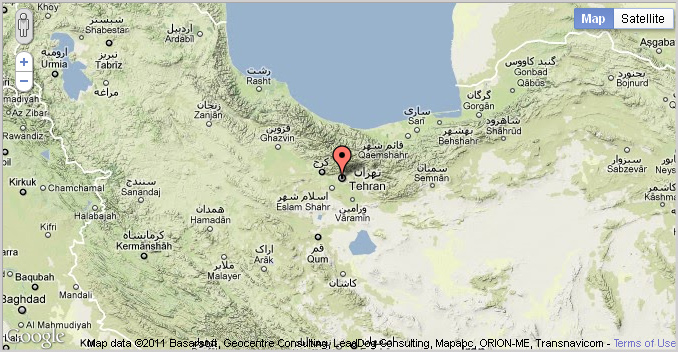|
• 1921: Reza Khan supports a successful coup against the Qajar government. The Qajars had ruled Iran since the eighteenth century. • 1925: Reza Khan becomes the new shah. • 1939: Reza Shah declares neutrality in the Second World War. • 1941: The UK and USSR invade Iran, arrest the shah send him into exile in South Africa, where he dies a few years later. • 1941: Mohammad Reza Pahlavi succeeds his father as shah. • 1951: Mohammad Mossadeq is elected prime minister. He becomes highly popular in his own country due to his nationalization of the oil industry. The shah flees. • 1953: The shah is returned following a UK- and US-backed coup against Mossadeq. • 1963: The shah launches the White Revolution, a series of economic and social reforms widely seen as a Westernization policy. • 1971: The shah celebrates 2,500 years of the Persian monarchy. • 1979: The Iranian monarchy is overthrown; Shah Mohammad Reza Pahlavi flees to Egypt. Ayatollah Ruhollah Khomeini returns from exile in Iraq and establishes a new political system based on an Islamic model, creating the Islamic Republic of Iran. • November 1979: Islamic militants take fifty-two Americans hostage and demand the extradition of the shah from the US to face trial in Iran. • 1980: Abol-Hassan Banisadr is elected the first president of the Islamic Republic. • 1980: Iraq invades Iran. The conflict is devastating to both countries and causes extensive regional instability. • 1981: The remaining US hostages are released after the US agrees not to become involved in Iran’s political affairs. • 1988: With Iran economically crippled, Khomeini reluctantly agrees to a ceasefire with Iraq. • 1989: Ayatollah Khomeini dies and President Ali Khamenei is appointed Supreme Leader. • 1997: Reformist politician Mohammad Khatami is elected president after defeating three other candidates. Many hope his victory signals the beginning of a more liberal period in Iranian politics, but these expectations are soon abandoned. • 2002: US president George W. Bush accuses Iran of plans to develop long-range missiles. He equates Tehran to Baghdad and Pyongyang and labels them collectively as the “axis of evil.” • 2003: Iran announces that it has halted its uranium enrichment programme. The International Atomic Energy Agency concludes there is no evidence of a weapons programme. • 2005: Mahmoud Ahmadinejad wins the ninth presidential elections. He defeats cleric and former president Akbar Hashemi Rafsanjani. • 2007: The US announces sweeping new sanctions against Iran. They are the toughest since the first sanctions almost thirty years earlier. • June 2009: Mahmoud Ahmadinejad is declared victor in the presidential election. His rivals challenge the result, and accuse the Iranian establishment of vote-rigging. • June 2009: The election result provokes the largest popular uprisings since 1979, in what is now known as the Green Revolution. Supporters of rival candidates took to the streets; Ahmadinejad’s government responds with mass arrests and crack downs in the worst state violence in thirty years. • September 2009: Tehran admits to pursuing a nuclear program and says that it is building uranium enrichment plants. The government insists that the program is for peaceful purposes. • February 2010: The Green Revolution winds down as defiant opposition leader Mir Hussein Mousavi says the Green Movement will continue its struggle against Ahmedinejad’s regime. • 2010: The UN Security Council votes in favor of a fourth round of sanctions against Iran. • 2013: Hassan Rouhani becomes president of Iran. |
|
[map id=”countryBriefMapIn” w=”676″ h=”350″ z=”6″ maptype=”TERRAIN” address=”Tehran, Iran” marker=”yes”]

